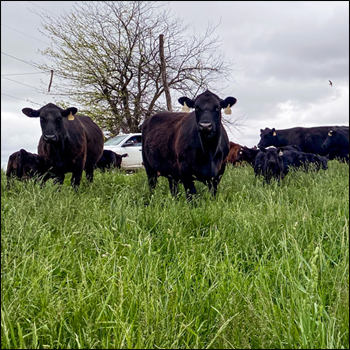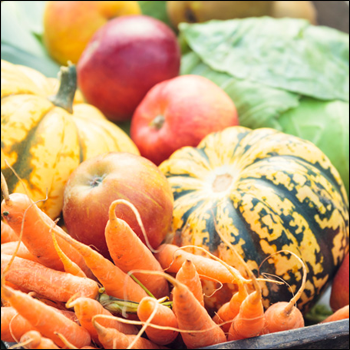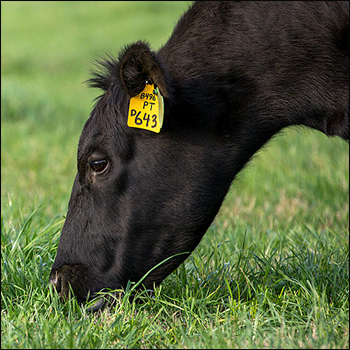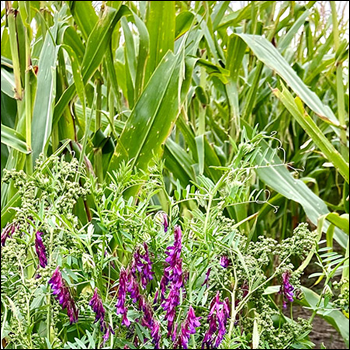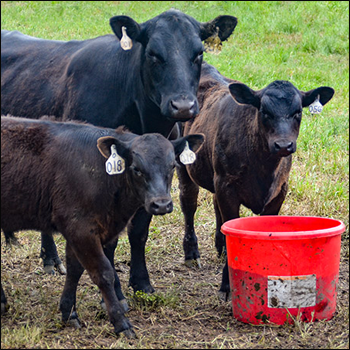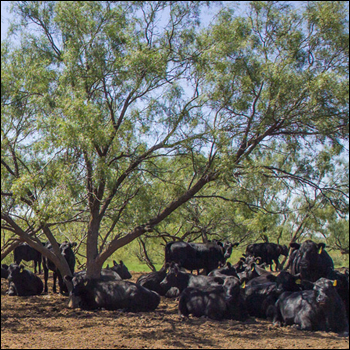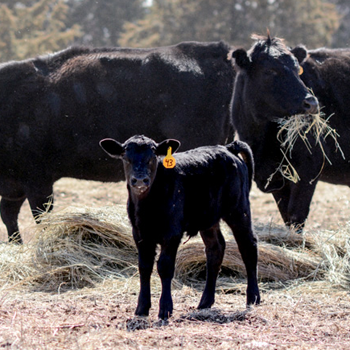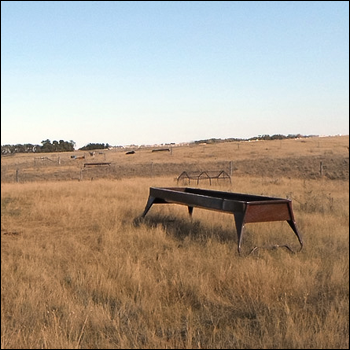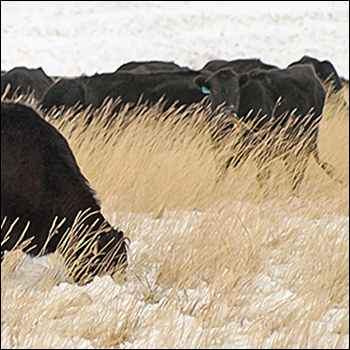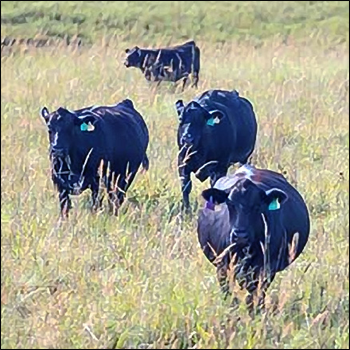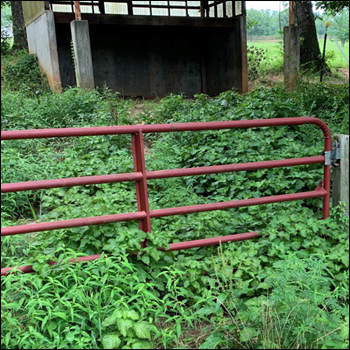
Global Beef: What Does That Mean For You?
Gain a global perspective on beef production and marketing trends.
In the global marketplace, the U.S. beef industry is in a pretty good position. There are a couple of reasons. One is reliability; the United States delivers what is promised. The other reason is quality. The United States consistently produces high-quality beef — greater than 80% USDA Choice or better. According to Rabobank AgriFinance researcher and analyst Don Close, those are the good reasons that U.S. beef exports earn premium prices.
“But don’t think Australia and Brazil don’t want a slice of the premium pie,” Close told an audience gathered for the Cattle Industry Convention and NCBA Trade Show, hosted Feb. 1-3 in Houston, Texas. “The U.S. has no choice but to keep getting better.”
During a Cattlemen’s College session, Close talked about global beef production and marketing trends, and potential disruptors to international sales of U.S. beef. He talked about some of the countries likely to affect the global marketplace.
Close allowed that many U.S. cattle producers are surprised to learn where, on this planet, the greatest numbers of cattle are found. India leads, with 305 million head, but that tally includes water buffalo. Perhaps even more surprising is that India ranks among the top five beef-exporting countries. Despite a largely Hindu population (greater than 75%) and its efforts to stop animal production, India’s beef exports are growing. Most export sales are frozen beef destined for Asian countries. That’s a factor, said Close, although India’s beef is mostly low quality.
Australia is growing in grain-fed beef production with a hungry eye on the Chinese market. Its competitive position may be somewhat hindered, however, by limited domestic grain production, typically short cattle-feeding periods and cattle genetics. Close said Australia really has two different types of production. In the northern part of the country, herds typically show “a lot of ear,” indicative of strong zebu influence. In southern Australia, there is more British breed influence and cattle may be more suited to grain-fed production.
Close said Argentina has a production environment conducive to increased production of grain-fed beef for export, but that country’s political and economic environments are too unstable. All things considered, Brazil is positioned more favorably.
“Brazil is only feeding about 7% of its cattle, but they’ve certainly got the cattle, feed and water to feed a lot more,” stated Close. “Brazil could become competitive as a producer of grain-fed beef.”
Turning to North America, Close said Canada’s cattle-feeding capacity is growing at the same time that its cow herd is contracting, which is likely to make them more dependent on feeder cattle from the United States. According to Close, Mexico’s cattle feeding and beef processing segments are growing and expected to grow more, as are beef exports.
For all countries possessing potential to export, China looms large as a targeted market. Close said China is rapidly transitioning to more sophisticated food marketing. Its consumers are developing more sophisticated palates. Their ability to prepare beef has improved. More of them are economically better off and can afford to buy beef of higher quality.
“Beef is not beef. By that, I mean it’s not all the same. Beef varies in quality,” stated Close. “Does everybody want high quality? No; but as buying power increases, demand for quality increases. It’s a familiar story.”
Noting how U.S. beef exports surged in 2021, mostly due to China’s purchases, Close said beef exports are expected to grow another 2%-4% in 2022 — mostly due to China.
“The U.S. domestic beef market is mature, so we need export markets. And the U.S. has shown its ability to reliably deliver a high-quality product for export,” said Close, noting that it has not gone unnoticed. “Our key competitors are targeting quality beef production, too.”
Stay tuned June 1 for an Angus at Work episode with Don Close about supply chain stressors and solutions. You can find the episode anywhere you like to listen to podcasts or at bit.ly/AngusAtWork1.
Editor’s note: Troy Smith is a cattleman and a freelance writer.

Angus Proud
In this Angus Proud series, Editorial Intern Jessica Wesson provides insights into how producers across the country use Angus genetics in their respective environments.
 Angus Proud: Scott Sproul
Angus Proud: Scott Sproul
Oklahoma operation learned wisdom of moving calving season to better suit their marketing needs.
 Angus Proud: Bubba Crosby
Angus Proud: Bubba Crosby
Fall-calving Georgia herd uses quality and co-ops to market calves.
 Angus Proud: Jim Moore
Angus Proud: Jim Moore
Arkansas operation retains ownership through feeding and values carcass data.
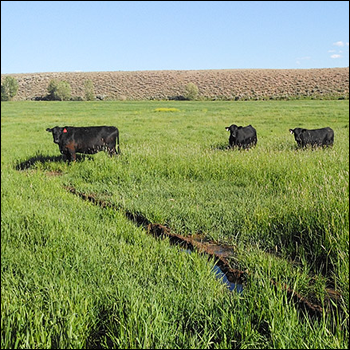 Angus Proud: Stephen Shiner
Angus Proud: Stephen Shiner
Idaho operation rotates pastures in summer and raises crops for winter.
 Angus Proud: Les Shaw
Angus Proud: Les Shaw
South Dakota operation manages winter with preparation and bull selection.
 Angus Proud: Jeremy Stevens
Angus Proud: Jeremy Stevens
Nebraska operation is self-sufficient for feedstuffs despite sandy soil.
 Angus Proud: Dave Rutan
Angus Proud: Dave Rutan
Angus breeder gets the most out of his bull investment by partnering with opposite calving-season operation.
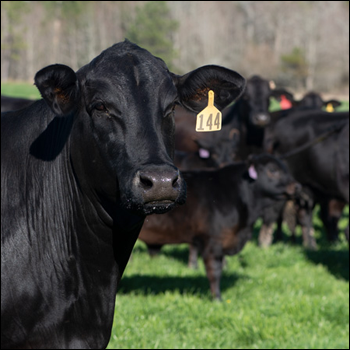 Angus Proud: Nickey Smith
Angus Proud: Nickey Smith
AngusLink helps Louisiana cattleman gain more for his calves.
